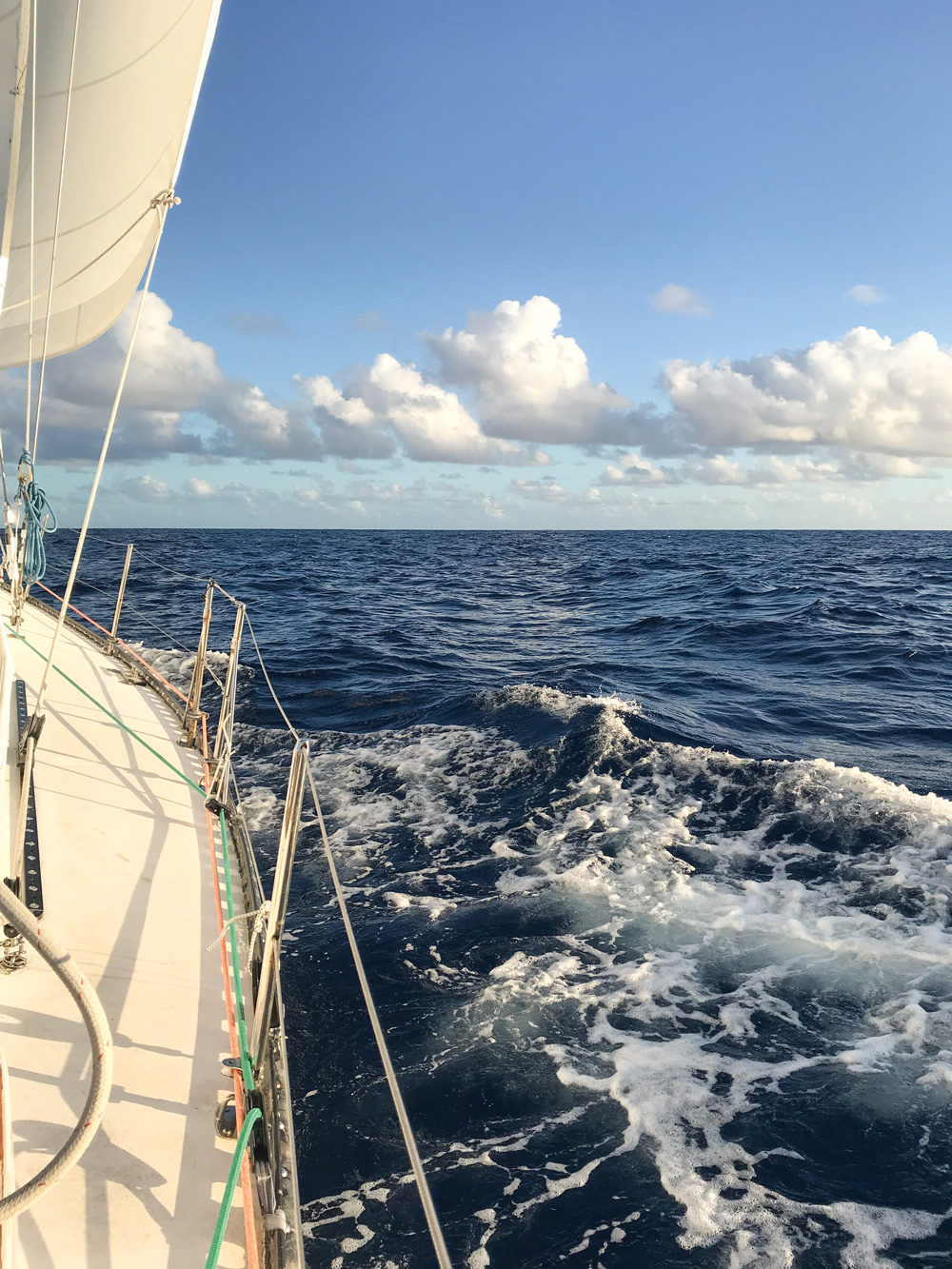Plotting a course to Caribbean sabbatical cruise
John Kretschmer shares his wealth of knowledge on the logistics of a Caribbean sabbatical so you can do it too
In late May and early June, with hurricane season looming, it’s decision time. Many cruisers choose to leave their boats in the Caribbean and fly home for the summer. Trinidad, which lies just off the coast of South America, has never experienced a tropical storm, and it used to be the preferred spot to leave your boat for hurricane season. There are several excellent yards in Chaguramus. However, its proximity to troubled Venezuela and security concerns of its own have persuaded some cruisers to leave their boats in Grenada instead. The south shore lies astride the 12th parallel and many insurance policies stipulate that your boat must be south of 12° from June through November. There are several yards and marinas and they have thriving summer business.
While most sailors haul their boats and head home, others stay aboard, spending a peaceful summer at anchor. In the fall, they are already in the heart of the Caribbean and ready to resume cruising. Another option is to sail southwest to the ABCs, the Dutch islands of Bonaire, Curacao and Aruba. Like Trinidad, these windswept islands have never been rocked by a tropical storm and offer spectacular snorkeling and diving. The only catch is that it can be a tough sail back to the eastern Caribbean. Some sail north to Puerto Rico for a better wind angle and then work east.

However, many boats return to the states every year, either retracing their track south, or taking an alternate route. That is certainly the case this year. The Covid-19 crisis has turned cruisers into refuges. As of April 26, the islands of the southern Caribbean are closed for business and not allowing anyone to sail in for hurricane season. This may change later this summer. However, for those heading back to the States, they need to make a decision by June, and July at the latest to avoid making a long passage during hurricane season.
Those headed back to Florida can leave anytime, and many start a slow return in March and April. There are two routes once you leave the Dominican Republic. Either down the Old Bahama channel, a narrow river of steel blue ocean that cuts between the shoals and banks of the Bahamas and reefs off the coast of Cuba. This passage narrows to about 10 miles at one point, but the winds are typical dead astern and the current sets west at 2 knots. The other route is to sail north to the Turks and Caicos Islands and make a leisurely passage through the Bahama chain. Either way it’s about 1,000 miles, with mostly favorable winds.
As soon as I finished the next couple of paragraphs, I shoved off for the 1,300-mile return passage from the U.S. Virgin Islands to the Chesapeake. We’ve been tracking the weather carefully and finally have a nice window to begin the passage. It’s been sobering watching one deep low after another spin off the East Coast. Hopefully, the Bermuda high, the dominant weather feature of the western Atlantic, will settle in and weather will settle down. Our plan is to sail a bit west of the rhumbline riding the trade winds for a few days before angling north. Hopefully the wind will fill in from the southwest. It looks like we will get an assist from the Gulf Stream late in the passage as we sail relatively close to Cape Hatteras. Once in the bay, we will make our way north to Solomons, Maryland, where my sister, brother-in-law, niece and nephew own and operate Spring Cove Marina, Quetzal’s home base.
John Kretschmer, longtime SAILING Magazine contributing editor, has sailed more than 300,000 miles, including 26 Atlantic crossings and sailed around Cape Horn. He has written seven books, including his latest Sailing to the Edge of Time. Visit www.johnkretschmersailing.com to find out about his offshore training classes.

Comments